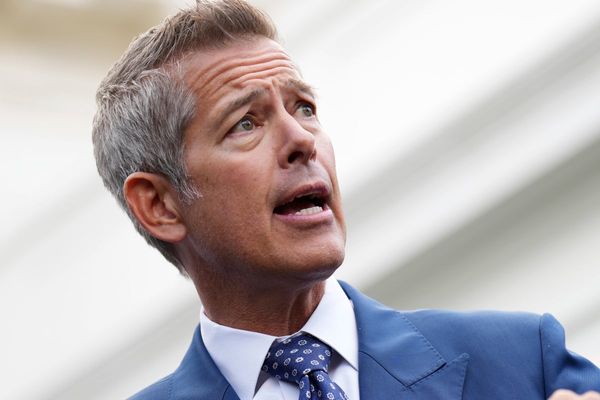
From The Silence of the Lambs to Yellowjackets, when it comes to the human species, cannibalism is fodder for horror films. Yet outside of the human world, cannibalism — which is the act of consuming another individual of the same species as food — is a bit more common, and less taboo.
To date, cannibalism in dinosaurs has been thought to be rare and has only been previously seen in theropods like T. rex and Majungasaurus. According to a new study published in the journal PLOS ONE, some carnivorous dinosaurs might have evolved to feast on the giant carcasses of dead dinosaurs, strengthening a theory supported by many paleontologists that sauropod corpses were a major source of food for large carnivorous dinosaurs like the allosaurus.
“We wanted to know what would be better for these big dinosaurs for carnivores, whether it's better for them to hunt or scavenge in an environment where there were big, big sauropods everywhere,” Cameron Pahl, a research associate at Portland State University, told Salon. “Some of these dinosaurs were the largest dinosaurs that ever lived. Just based on the calories alone, one dead sauropod would have enough calories to feed 20 or 30 allosauruses for several months.”
To test their hypothesis, Pahl created a computational model to virtually simulate the dinosaur ecosystem. In this virtual simulation, carnivore dinosaurs were given traits to improve their hunting capabilities while simultaneously receiving energy from protein sources, like living prey. Despite having widely available living prey, it was actually more beneficial to the carnivores to scavenge off the carcasses of sauropod carrion than hunt new prey. Pahl determined this by measuring the reproductive fitness of the carnivores.
“The ones that found the big dead sauropod and ate them for several weeks, survived long enough to have babies,” Pahl said. “Whereas dinosaurs that were hunters, they struggled to stay alive, they struggled to reproduce — there's an evolutionary fitness cost to hunting environment.”
Those who scavenged off the carcasses of sauropod carrion were twice as likely to have reproductive success. Getting into more detail, the researchers theorized that the carnivores waited until a bunch of sauropods died in the dry season. Their deaths were usually caused by dehydration, exhaustion and starvation.
“They just had to wait around until the die off happened and then they could eat as much as they wanted, store the fat in their tails, and wait for the next cycle,” he said.
In the study, the authors emphasized that virtual models are “oversimplified abstractions of complex systems.” But their study further supports their theory that sauropod carrion played a significant role in feeding the dinosaur kingdom, and that allosaurus were in fact cannibals.
“Recent papers about allosaurus cannibalism are pretty interesting because it means, I think, they did not care if they were scavenging sauropods or anything, even other allosauruses, they were fine with it,” he said.
Pahl said this is another example of how some of the biggest questions about dinosaurs remain unanswered. For example, how did they get most of their food? How did they get so big? What were their lives really like?
“Obviously, sauropods aren’t alive today and we can’t directly observe them,” Pahl said. “But there were so many sauropods in that environment, just one drought probably produced enough dead bodies that it was better to be a vulture than it was to be a lion; my research is pretty strong and the support for the hypothesis is also pretty strong.”







